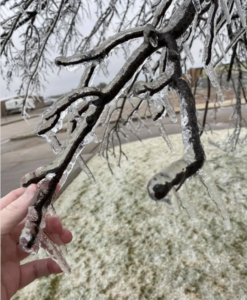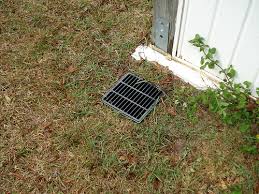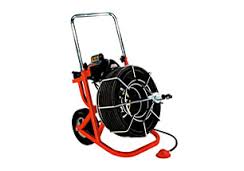Bathroom Sinks (Lavatories)
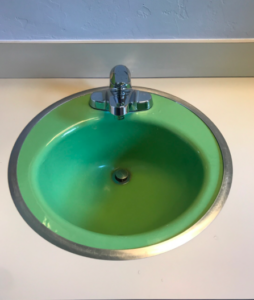
Lavatories
A lavatory is a washbasin or sink located in a bathroom or washroom. “Lavatory” means washbasin or sink, and is derived from the Latin word lavatorium, which means washing vessel, and the French word laver, meaning “to wash.” As a home inspector in Oklahoma City, I can confirm that sinks come in a variety of shapes and sizes(and colors). They are available in enameled cast-iron, vitreous china, stainless steel, porcelain-enameled formed steel, plastic, and non-vitreous ceramic. They can be wall-mounted, hanger-mounted, under-mounted, pedestal, rimmed, and above-center basin types.
Countertops integrated with lavatories are constructed of a variety of materials, including ABS, PVC, gel-coated fiberglass-reinforced plastic, acrylic, polyester, and cultured marble. Plastic vanity tops should be impregnated with fire-resistant chemicals to reduce the fuel contribution of the lavatory during a house fire or the accidental fire from a plumber’s torch. They are also made to resist the effect of a burning cigarette left unattended on the vanity top.
Lavatories should have a waste outlet of at least 1-1/4 inches in diameter. Each lavatory must have a strainer, a pop-up stopper, a crossbar, or other mechanism to prevent items such as rings, toothbrushes and cosmetic items from dropping into the drain.
Lavatory Overflows
Former standards required lavatories to have an overflow, but that is no longer the case. The overflow is now an option of the manufacturer. The reason for not requiring an overflow at a lavatory is because of the lack of use of the overflow, which can cause bacterial and micro-organism growth.
Where a lavatory does have an overflow installed, the cross-sectional area of the overflow should be a minimum of 1-1/8 inches; anything larger can promote bacterial and micro-organism growth. The overflow should be able to prevent overflowing of the sink for a minimum of five minutes when tested from the onset of water flowing into the overflow’s opening.
Maintenance Tips
There are many different designs of lavatories, including artisanal styles that sit up on the vanity, rather than being dropped into a recessed cavity in the vanity or countertop. Regardless of the style or whether it includes an overflow opening, the washbasin should be securely attached to the vanity, be free of cracks and other defects, and have gaps that are properly caulked to prevent moisture buildup, which can lead to unsanitary conditions, including mold growth
Home Run Inspections, LLC
Oklahoma: 405-905-9175
We Cover All the Bases!
Serving: Oklahoma City, Edmond, Yukon, Piedmont, Bethany, El Reno, Tuttle, Mustang, Moore, Norman, Midwest City, Del City, Choctaw, McCloud, Shawnee, Harrah, Newalla, Jones, and more.
Schedule Your Inspections Online at:
Schedule Your Inspection Today!
Like us on FaceBook
Follow us on Twitter
Follow us on Instagra
#plumbing #homemaintenance #homeruninspections #homeinspectors #homeinspectorokc #homeinspectornearme #inspectionservices #realestateagent #realestateinvestment #OKCRealEstate




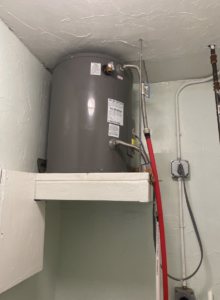

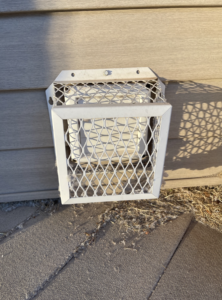

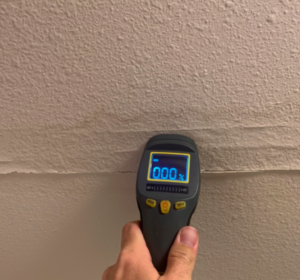
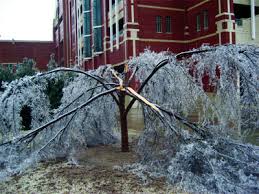
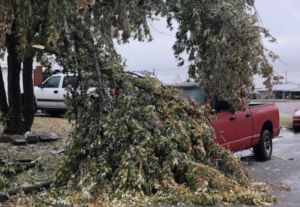 While there are some pruning chores homeowners can do without endangering themselves or the tree, certified arborists are trained and outfitted for the big jobs. Maintenance and damage repair on mature tall or spreading trees often require more skill and equipment than most people can handle safely. The chore is fraught with danger, from electrocution to falls and being struck by heavy limbs.
While there are some pruning chores homeowners can do without endangering themselves or the tree, certified arborists are trained and outfitted for the big jobs. Maintenance and damage repair on mature tall or spreading trees often require more skill and equipment than most people can handle safely. The chore is fraught with danger, from electrocution to falls and being struck by heavy limbs.